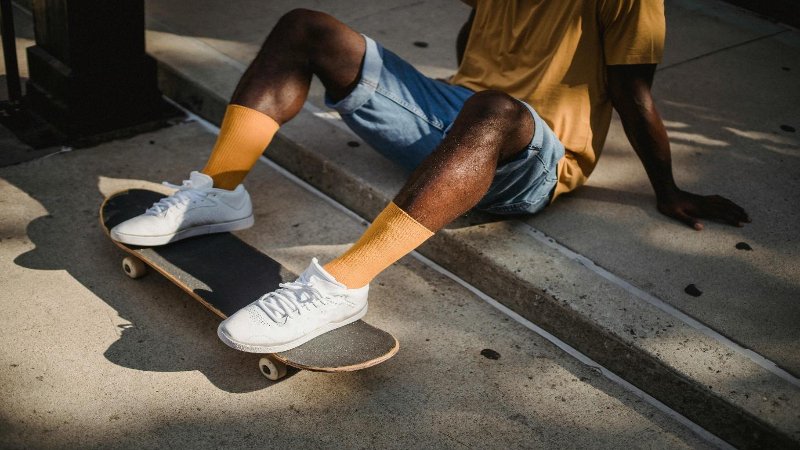Hip hop was not something that was developed overnight. It started in the Bronx in the 1970s, but it was more than just music. Since its inception, hip hop has primarily focused on expressing itself through music, dance, fashion, and the community that shaped it.
Hip-hop influences have now become a worldwide phenomenon and have shaped the way people talk, walk, and even style themselves. Men’s graphic hoodies and baggy sweatpants are closely associated with hip hop today.
Block parties initially gave rise to a powerful side of the music and fashion industry. This paper will examine the four pillars of hip hop: Graffiti art, DJing, MCing, and breaking, focusing on the impact these elements have had on the fashion world.
Graffiti Art
Graffiti has a strong connection to the streets. And visually, it is linked closely to hip hop, as New York’s walls and trains turned into a canvas where different artists created tags that narrated a story.
The very same creative spirit has been transferred to fashion designs and has now been adopted by various streetwear brands that have embraced bold prints, spray paint designs, and oversized fittings.
Nowadays, clothes frequently reflect the raw energy of graffiti culture. Urban fashion brands use bold letters, textured layers, and expressive visual elements to ensure that the rebellious touch remains alive. The interrelation is visible in items such as men’s graphic hoodies that bear the same attitude as the graffiti sprayed on the walls of the city.
DJing
Hip-hop has always revolved around DJing. Spinning records, mixing beats, and creating rhythm provided the basis of everything that followed, including fashion.
Huge headphones, bomber jackets, and comfortable clothes provided DJs with the freedom to spend the night at the turntables. These appearances have, over time, become a staple of hip-hop fashion. The utilitarian clothing, such as track jackets and sneakers, provided the DJs with the liberty of movement and also gave them a signature style.
MCing
The MC is the voice of hip-hop. Since childhood in the park jams, rappers have been using words to inspire, fight, and entertain. But style was never far astern.
MCs personalized fashion by:
- Jewelry and chains that demonstrated power and presence.
- Capped hats and sneakers that were made into must-haves.
- Jacket fraternities echoed the vibrancy of their lyrics.
Fans grabbed onto these fashion pieces, making artist-inspired clothing a trend. Fashion provided MCs with a second microphone- one that spoke without words.
Breaking
Breakdancing puts motion into the culture. Dancers required costumes that supported spins, flips, and freezes while remaining stylish.
The essentials included:
- Baggy pants for flexibility
- Sneakers made of durable material that spin and slide readily
- Lightweight garments that kept dancers comfortable and cool during performances.
Dancers, who stretched their limits physically and fashionably, made tracksuits, sweatbands, and sneakers the world icons of hip-hop.
Knowledge
It is assumed that hip-hop has a fifth pillar: knowledge. It symbolizes consciousness, experience, and belonging, the basis that holds it all together.
The hoodie, cap, or even a pair of sneakers is not merely a piece of clothing but an identity to belong to. Streetwear is used to put messages about community, struggle, pride, and progress on a canvas.
That is why hip-hop fashion has a sense of authenticity that is not available to other styles.
Why Hip-Hop Fashion and Music Stay Connected
Hip-hop illustrates the interdependence of music and fashion. Every beat affects our walk, and every walk motivates the way we dress.
Fashion is the visual score of hip-hop- it speaks out who you are even before you speak.
It is a generational bond, too. Young musicians continue to reinvent streetwear, and the older icons cling to traditional fashions.
They all make hip-hop fashion change but honor its origins.
Conclusion
The four pillars of hip-hop graffiti art, DJing, MCing, and breaking, defined the culture. Fashion served as the fifth stage, where all these elements converged and found their meaning through knowledge.
Hip-hop fashion extends beyond mere styles. It is history, expressio, and connection. By wearing streetwear that was inspired by the culture, you do not simply have a fashion to follow but a history to carry around.
